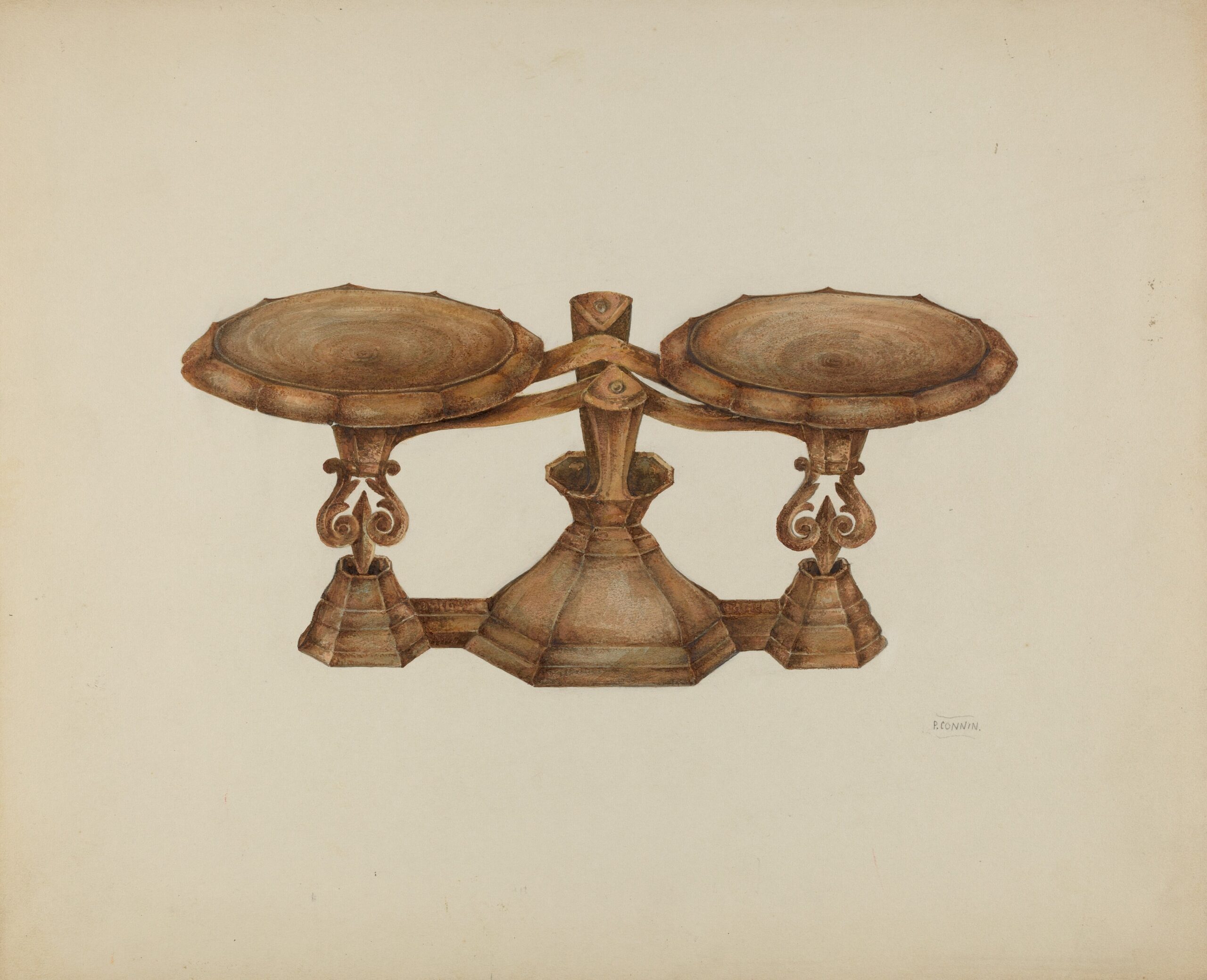Fair use is a critical right that permits the use of copyrighted material without permission from the copyright owner for a wide variety of socially beneficial purposes. It enables new technologies and is a cornerstone of free speech, creativity, and competition. Fair use industries account for approximately 16% of the U.S. economy and generate $5.6 trillion in annual revenue.
Examples of fair use include educational use, search engines, internet memes, parody, and quotation for news reporting, criticism, or scholarship. Fair use’s flexibility allows the law to accommodate new uses of copyrighted works that Congress could not anticipate, including the creation and use of new technologies. In the U.S., fair use is codified at Section 107 of the Copyright Act and has been interpreted broadly by the courts. Other countries have similar provisions, but the uniquely flexible and stable nature of U.S. fair use have been key sources of America’s competitive advantage in both culture and innovation.
Courts use four factors to determine if something is protected by fair use:
- the purpose and character of the use, including whether such use is of a commercial nature or is for nonprofit educational purposes;
- the nature of the copyrighted work;
- the amount and substantiality of the portion used in relation to the copyrighted work as a whole;
- and the effect of the use upon the potential market for or value of the copyrighted work.
Re:Create supports fair use because it…
- Gives America the edge in new technology, creative works, and top-tier research by clearing away needless copyright barriers.
- Promotes creativity and innovation by allowing creators, innovators, and consumers to build and expand on existing works in transformative ways.
- Promotes competition by ensuring copyright costs and permissions don’t pose a barrier to new businesses that rely on fair use.
- Advances education and research by ensuring that knowledge can be easily shared and built upon.
- Strikes a balance between the rights of copyrightholders and the public’s interest in access and reuse, preventing copyright from becoming a tool for censorship or a source of excess market power.
